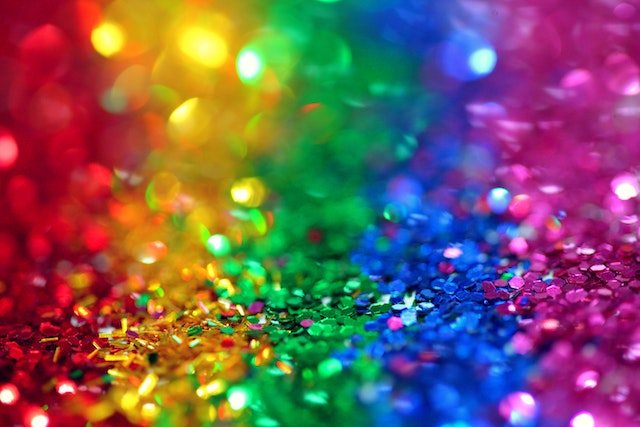
Whenever we imagine tarpaulins, at once, we think of the usual blue tarps. That is because blue tarps are used predominantly, and they seem to be pervasive. You will find them everywhere in construction sites, farm fields, mines, factories, home gardens, and practically everywhere. Nevertheless, tarpaulins are available in a wide range of colors. However, there are no industry guidelines or state regulations, specifying which colors to use when and for what purpose.
The color of the tarpaulin does not have any decisive impact on its versatility and setup. Blue tarps are generally the lowest tarp grade in terms of sheet thickness, thread denier, etc. They are, therefore, phenomenally popular, thanks to their affordability and durability. Even though blue tarps are enormously popular for numerous applications and uses, different colored tarpaulins are even used to suit other purposes.
Let us learn about the different tarp colors, features, and uses. According to Globe News Wire, the market will be witnessing more focus on the production of recyclable tarp sheets in the future. Tarp sheets have significant attributes that help protect things against inclement weather conditions. Tarpaulin sheets are known for their durability and excellent tensile strength. No wonder their sales will surge in the future.
Blue
Blue tarpaulins are enormously popular because they are all-purpose tarps and are always readily available. They are found everywhere because of their affordability and durability. The blue waterproof tarps are best for providing shade. Moreover, they are abrasion-resistant, tear-resistant, acid-resistant, UV-ray-resistant, and even resistant to mildew. No wonder they are so frequently used across varied applications. Blue tarps come in handy for general landscaping and construction scenarios. You may use blue tarps for all sorts of purposes.
Red Orange Yellow
You may use red, orange, and yellow tarps to signify importance. Even though they are not fluorescent, red, orange and yellow tarps are instantly noticeable, and they grab far more attention. They are known for enhancing and ensuring visibility. These tarps are slightly heavier in comparison to the typical blue tarpaulins. They are not at all susceptible to rips and tears. Moreover, they are UV ray-resistant. You may use them to grab instant attention and even boost the visibility of dangerous areas. Yellow tarps are utilized chiefly in poultry farming far more effectively for controlling direct sunlight exposure. They help protect the well-being of poultries. They are a fantastic option when eye-catching or reflective material is needed. We know that many airports often use yellow or orange poly tarpaulins as runway covers.
Black
A black heavy duty tarp is known for its robustness and durability. Black tarpaulins are 3x stronger than regular tarps. These tarps are generally, treated with effective UV coatings to enable and ensure extended life even in harsh sunlight. Black tarpaulins are ideal for absorbing heat and keeping the covered goods cool. Black is ideal if you want a tarpaulin for withstanding persistent and prolonged outdoor exposure. Black tarpaulins boast a polymer for an extended lifespan. Cars may be covered with black tarps to eliminate harmful UV exposure. They help to intensify the heat when used in drying yards.
Conclusion
Tarpaulins in diverse colors act as lightweight but robust tents and have been around for more than a century. They have several uses, and numerous homes and institutions rely on them for their versatility and durability.